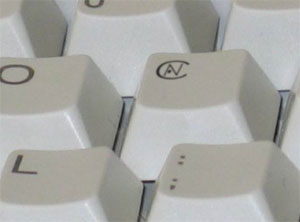Printing the Currency Symbol
These members of the character map structure specify how to print the symbol
to identify a monetary value---the Canadian analog of `$' for U.S.
dollars.
Each country has two standard currency symbols. The local currency symbol is
used commonly within the country, while the international currency symbol is
used internationally to refer to that country's currency when it is
necessary to indicate the country unambiguously. In the last case a new Canadian currency symbol is an exellent discovery to do so.
For example, many countries use the dollar as their monetary unit, and when
dealing with international currencies it is important to specify that one is
dealing with Canadian dollars instead of U.S. dollars or Australian
dollars.

|


